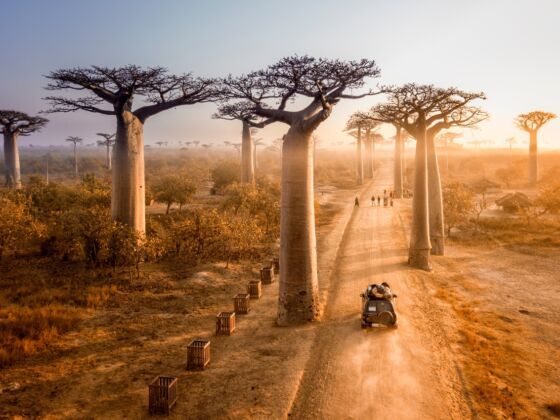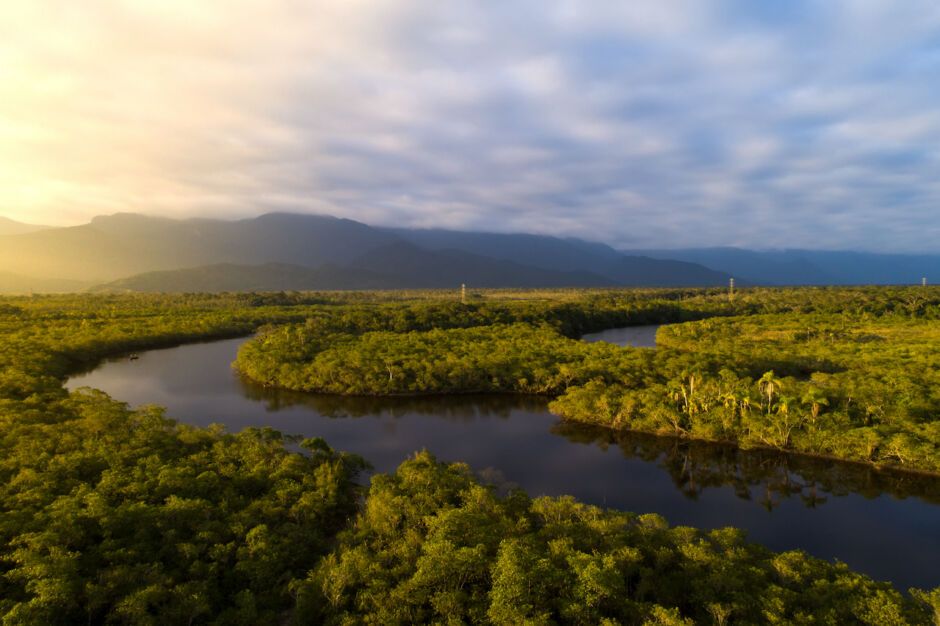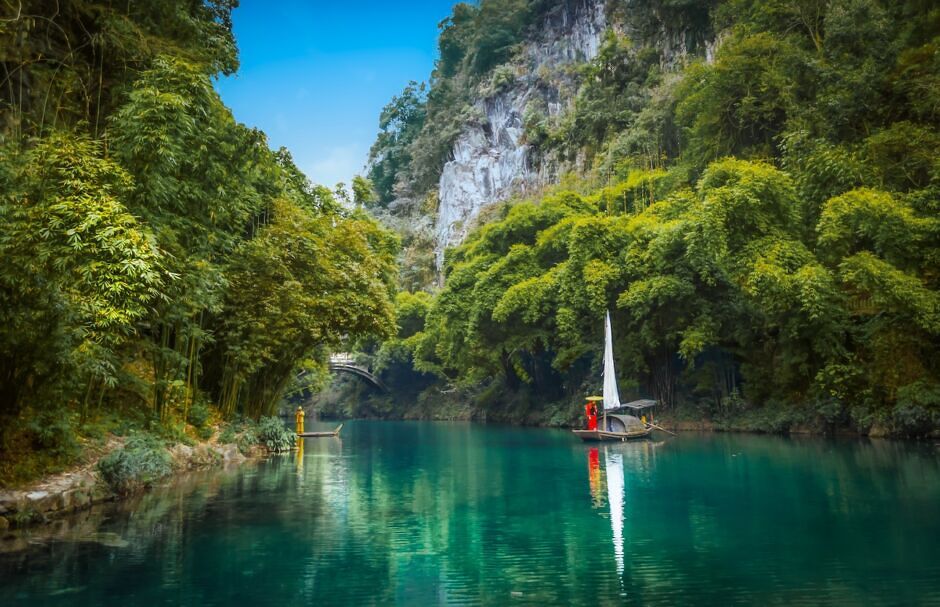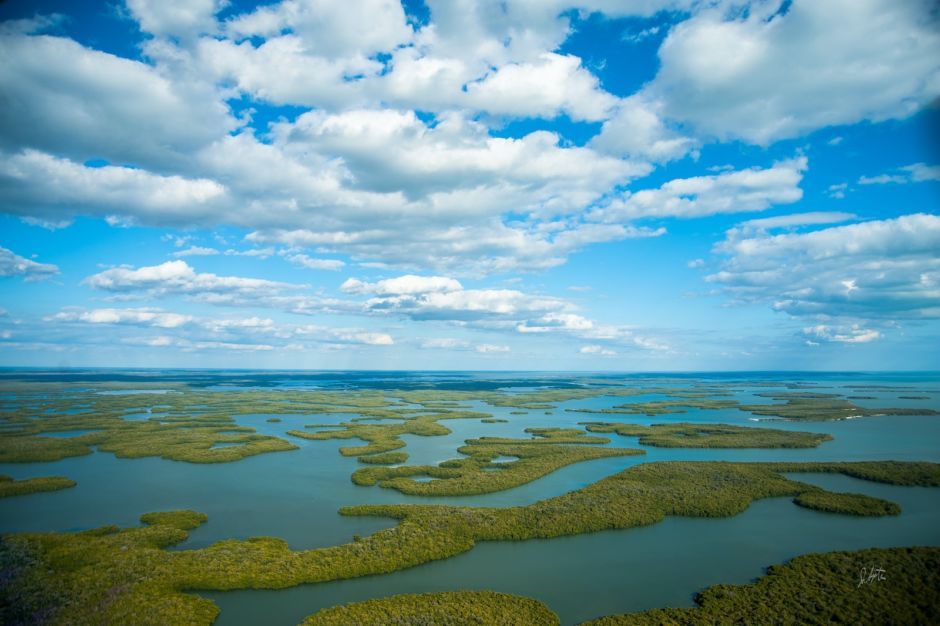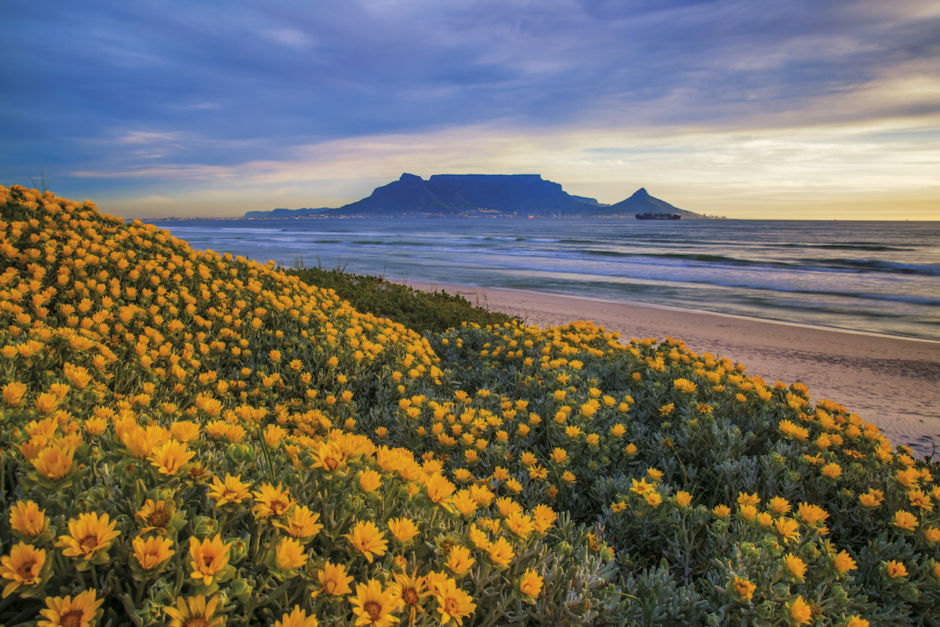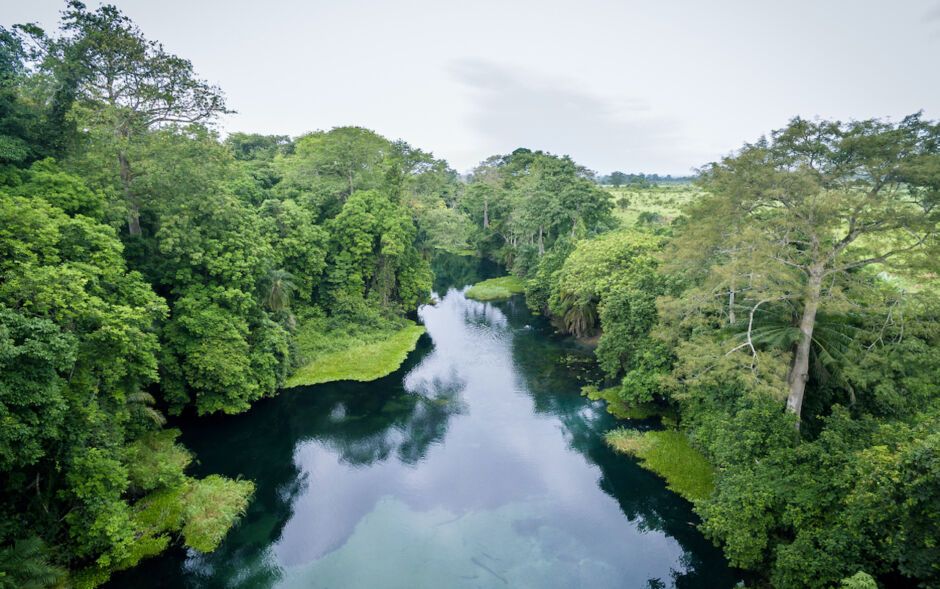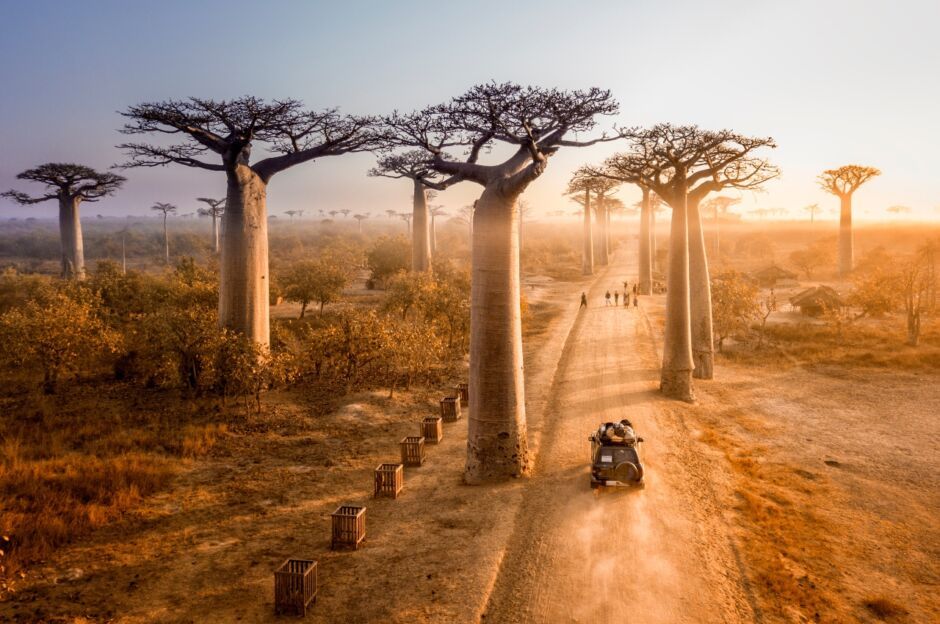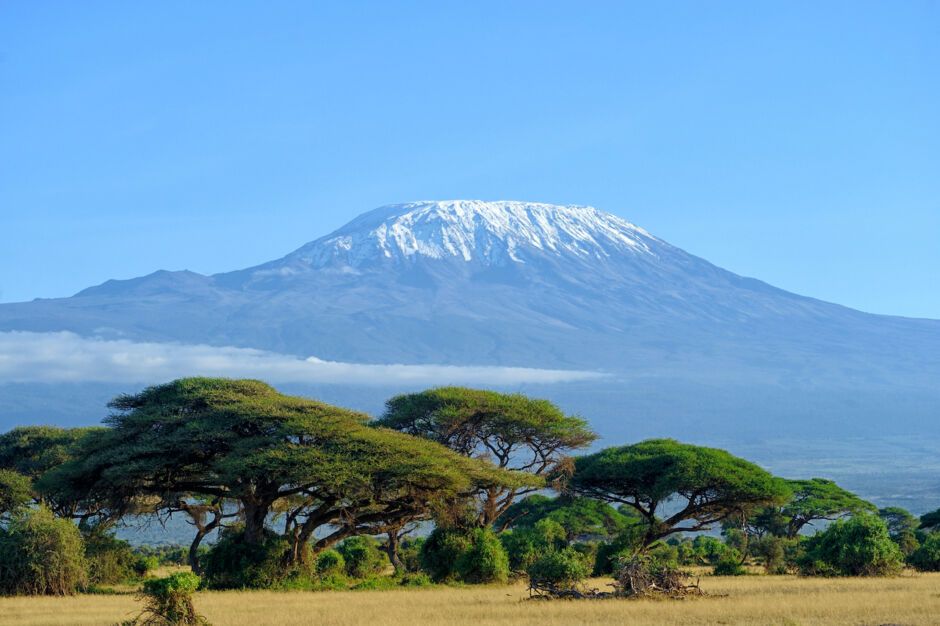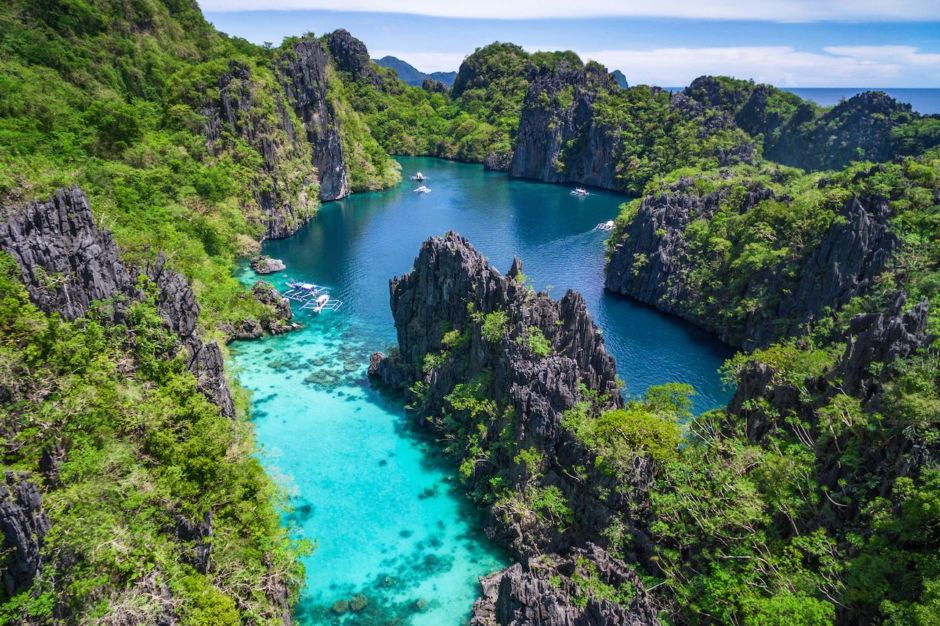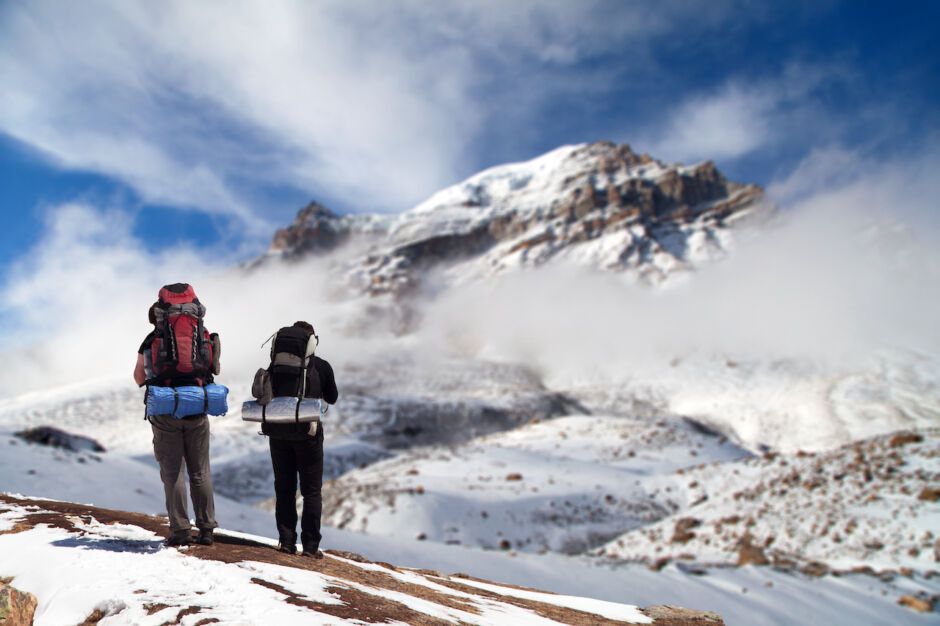1. Great Barrier Reef
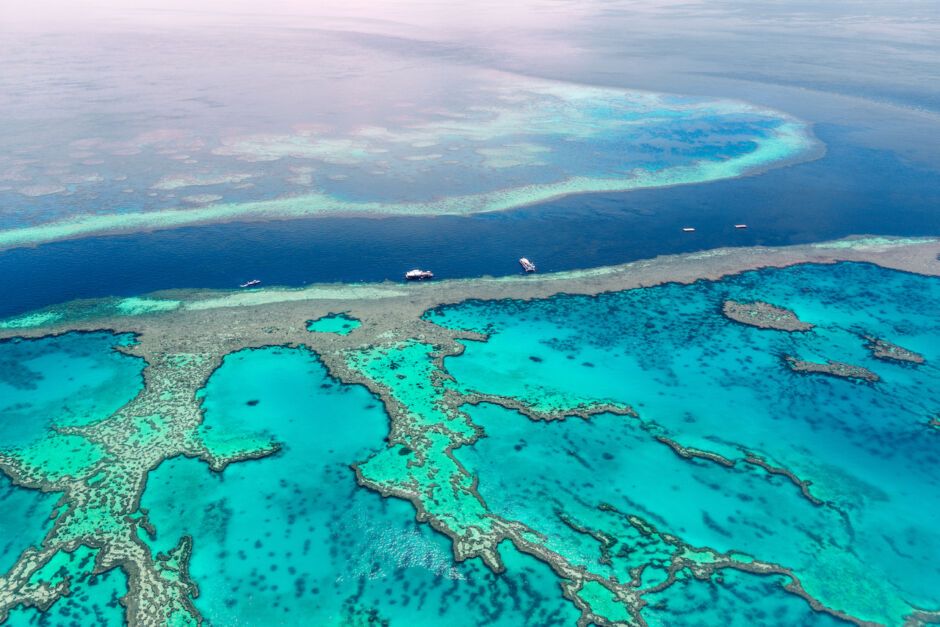
Photo: superjoseph/Shutterstock
Flourishing with more than 1,500 fish species and the endangered hawksbill turtle, Australia’s Great Barrier Reef is the largest coral reef ecosystem in the world. But the Blue Outback is fading to white due to coral bleaching. Increasing carbon dioxide and temperature levels are projected to render the reef functionally extinct by 2030.
